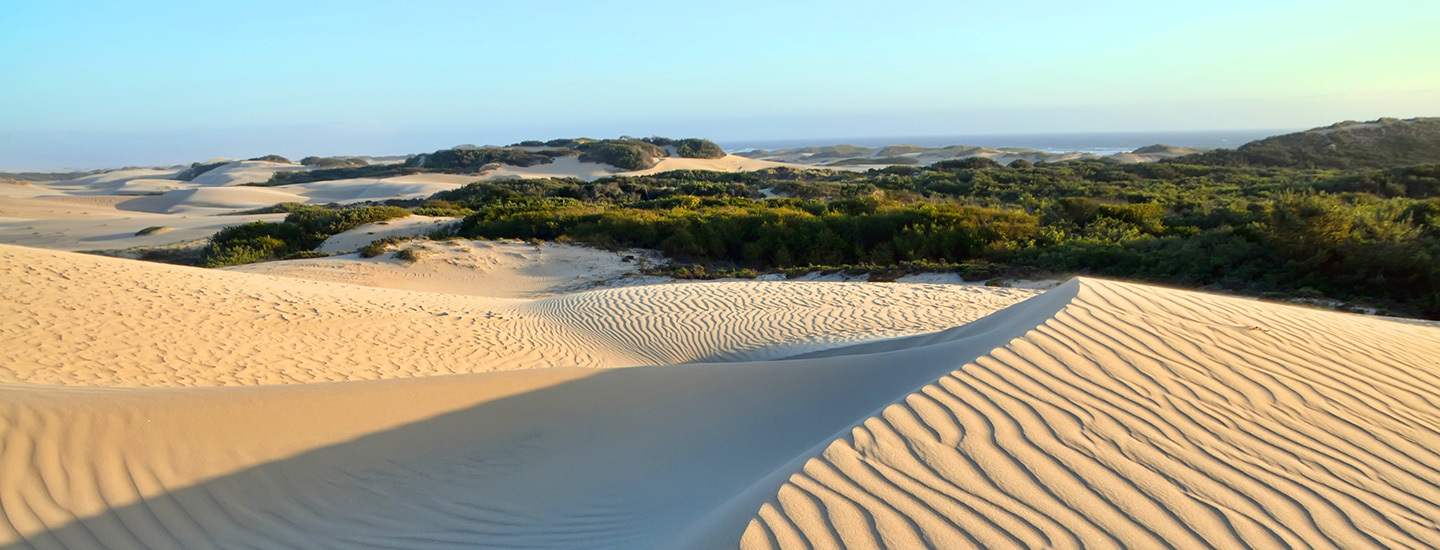
07.22.20
California State Parks Tackles Off Highway Vehicle Symptoms Rather Than Root Problem
By Staley PromThe issue of whether beach driving should be allowed on California’s central coast continues to fire up activists on either side of the debate at the California Coastal Commission. On July 9, the Commission issued California State Parks a permit for a dust mitigation plan for the Oceano Dunes State Vehicular Recreation Area (ODSVRA), the only California state park that allows recreational vehicles on the beach. The plan is intended to improve poor air quality caused by off-highway vehicle (OHV) activity throughout the park and includes strategies like wind fencing, laying hay on the sand, and reducing the area open to OHVs.
The Commission’s hearing on the permit drew testimony from environmentalists including the Surfrider Foundation as well as OHV recreation enthusiasts, expressing passionate and starkly divided concerns over a long-debated underlying issue: whether the Oceano Dunes state park should permit OHV activity at all.
Many advocates for OHV recreation (who opposed the dust mitigation plan) argued the historic and cultural significance of OHV use at Oceano Dunes, citing cultural and family traditions of OHV riding along the coastal area for multiple generations. However, as Surfrider and other OHV opponents testified, in an area with protected natural resources and environmentally sensitive habitat areas where many endangered species live, the practice is immensely destructive.
The affected species that has received the most attention in this debate is the snowy plover, an Endangered Species Act-protected shore bird that nests on the sand at Oceano Dunes. Over the last few months while the park was closed due to COVID, the plover has nested throughout the dunes normally used by OHVs, which deter nesting. Because the plover has endangered status, their nests will need to be relocated before OHV activity resumes.
Surfrider commends the dust mitigation plan for adhering to the Coastal Act’s priority of protecting the beach’s fragile natural resources and the environmentally sensitive habitat area by regulating the time, place and manner of OHV access to the beach. However, Surfrider finds that OHV beach use itself is inconsistent with the Coastal Act, as described below, and urges the Commission to phase out all OHV activity along California’s coast, as Commission staff has previously recognized as justified (Staff's June 21, 2019 report provided on page 59 “coastal resource considerations justify elimination of [OHV] use moving forward,” citing to California Public Resources Code Sections 5090 et seq., which staff found ” does not stand for OHV use at all cost, and rather requires such use to be undertaken in a manner consistent with long-term sustainable use where the conservation of natural and cultural resources is prioritized”).
Section 30240 of the California Coastal Act requires protecting environmentally sensitive habitat areas from significant disruption, though OHVs at Oceano Dunes clearly and significantly disrupt the ESHA. Furthermore, the ESHA at Oceano Dunes is not required for OHV activity- OHVs could be ridden further inland away from significant habitat areas- which means it does not fall under an exception in the section for uses that depend on the area’s coastal ESHA resources.
Additionally, OHV use conflicts with the Coastal Act’s requirement to prioritize low-cost recreation opportunities. Per Section 30213, “lower cost visitor and recreational facilities shall be protected, encouraged, and where feasible, provided.” OHVs cost thousands of dollars which effectively characterizes the beach area open to OHVs as a high-cost facility. Because OHV activity turns the beach into a virtual highway where pedestrians cannot safely recreate, it prevents lower cost beach recreation like exercise, sports, soaking up the sun on a beach towel, or picnicking, in contravention of the Coastal Act.
Similarly, Section 30220 states “coastal areas which are suited for water-oriented recreational activities that cannot readily be provided at inland water areas shall be protected for such uses.” While OHV riding isn’t coastal dependent – riders could easily ride at inland locations - their use may prevent others from using the beach for coastal dependent water-oriented activities which must be protected under Section 30220.
While Surfrider appreciates that the park is taking steps to lessen the environmental impacts of OHVs, Surfrider encourages the Commission to view the dust mitigation plan as a form of harm reduction while continuing to work on the long-term restoration of the Oceano Dunes, given the ongoing conflict of OHV use and the California Coastal Act.